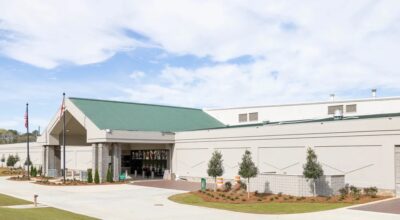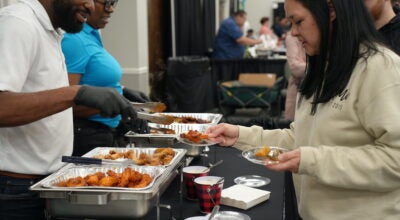Extend growing with coldframe
Published 2:15 pm Tuesday, September 22, 2009
Gardeners can extend their growing season with a coldframe.
A coldframe is just a box without a bottom that is covered with a transparent cover. Cold frames are heated by the sun light. Because of our mild climate, the coldframe can be used to over winter tender perennial herbs and other tender perennials. They are good for raising salad crops such as lettuce, spinach, and radishes during the winter.
The sun keeps the soil under the frame warm during the day and protects the plants from frost at night. The warming effects of the coldframe can be improved by putting several gallon milk bottles full of water in the coldframe.
The water absorbs the heat during the day and slowly releases that heat during the night. Put your coldframe on a soil that drains well and where flooding does not occur doing heavy rain.
A location with a southern exposure and adequate wind protection on the north and west is ideal. The sides of the coldframe can be made from scrap wood, pressure-treated wood or cement blocks.
The frame should be 6 inches higher in the back and slope downward to the front to catch as much sun as possible and to allow rainwater to drain off. Make it about 3 feet wide from front to back so that it will be easy to reach plants in the back. The cover can be an old glass door or window which is connected by hinges to the back of the frame. You will want to install a thermometer in your coldframe so you can monitor temperatures. If the temperature inside reaches 80 degrees, prop open the sash from one to six inches for ventilation and to reduce heat build-up.
To keep the temperature from dropping to below 45 degrees, cover the top with straw, tarps or blankets, or leaves, or bales of hay around the frame.
Check your plants often to determine whether they have adequate moisture. Soil should remain moist, but not soggy.
For more info, contact the Master Gardener Helpline at 1-877-252-4769 (GROW).
Nelson Wynn is an extension agent with the Alabama Extension Office in Shelby County. He can be reached by e–mail at WYNNNEL@aces.edu.









